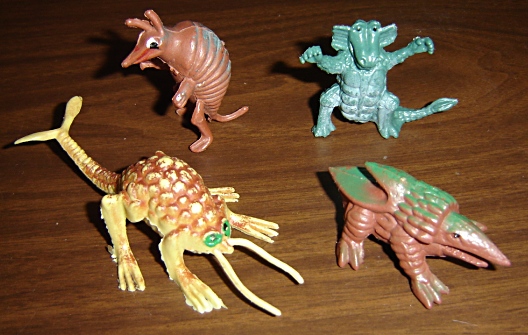Orcs are organized like naked mole rats or hive insects. I got that idea from Harn, I think. They have no babies unable to defend themselves, just half-grown ‘runtlings’ that pop out of the cave-mothers multiple wombs, ready to fight from birth. Orcs have genetic memory (this is also taken from Harn) which ensures that they all have a roughly similar culture. It’s violent and savage, with strong tendencies towards what most people would call evil. The cave mother can to some extent control her hive with pheromonesand her black milk, so that orcish society can function with a semblance of order. The orcs don’t work well together when not under the control of a cave-mother. The control range is limited. Orcs go rogue, berserk , blind, or die if the cave-mother is slain (this is inspired by a scene in Return of the King). They amy also go rouge or perish if they wander too far from the hive.
In theory, a rouge orc might be Lawful or Neutral, but that's very rare. It is possible that he could be Chaotic but not espeically evil-- just unpredicatble and aggressive.
Half-orcs are sterile. They tend to be a little on the crazy
side, but some can pass for ill-favored humans. As for how they are made, let's just say that an orc cave-mothers pheremones can't control a man's thinking brain, but can arouse certain physiological responses....ewww squick.
Goblins reproduce by possessing and transmogrifying the
infants of human and demihuman races. Yes, that’s inspired in part by a certain
movie with David Bowie. Hobgoblins and bugbears do the same. According to gnomish lore, the earliest goblins were Chaotic gnome cultists warped by a curse.
Trolls reproduce by fission, and are not very social
creatures. Their grasp of language tends to be minimal. When a troll goes into ‘heat’,
other trolls sense it and chase it down, then rip it apart and scatter the
pieces. The pieces grow into new trolls.
Kobolds are actually little earth devils. New kobolds
are mined from toxic ore veins and set to work for the older kobolds.





